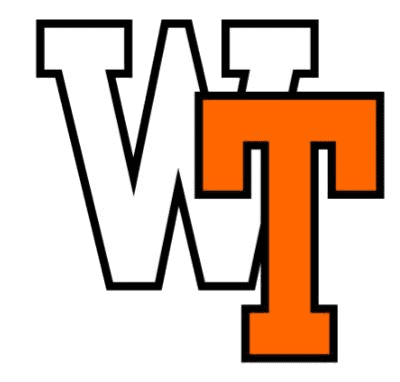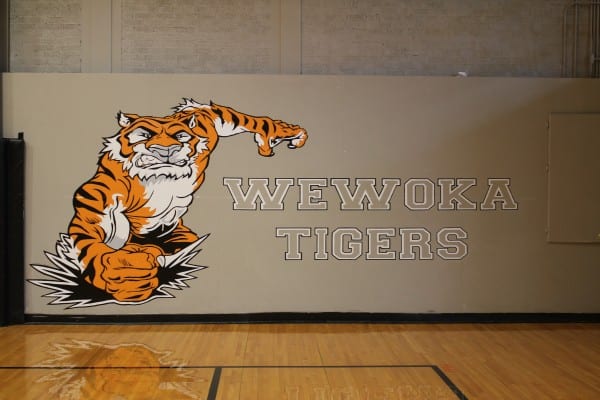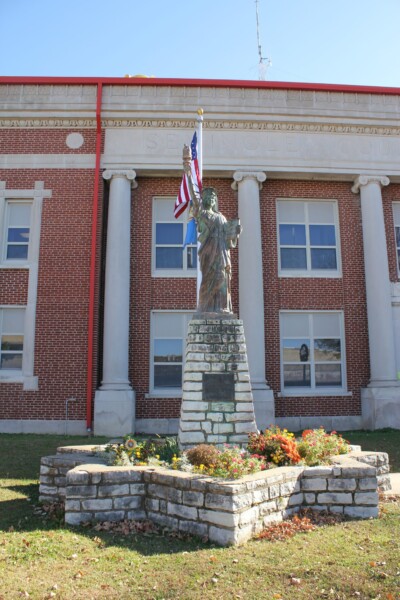Wewoka Public Schools Advances Technology Initiatives Post Pandemic to Better Serve the District and Meet Educational Goals
Story by Christina Sneed, Strategic Communications Intern, Spring 2023
Wewoka Public Schools has implemented new initiatives since the COVID pandemic to meet the needs of students and teachers in the district. Technological advancements within the district include providing one device per student for grades K-12. This is an upgrade from the one device per student for just grades 9-12 previously. The district will soon expand to two Chromebook devices per student in grades 1-8. Students in those grades will have both take-home devices and classroom devices. The new changes will also increase device lifespan and eliminate issues in the classroom by increasing the availability of devices.

Other exciting news from the school district includes the selection of 30 Wewoka teachers to receive grants from the Oklahoma State Department of Education that will help improve student instruction, behavior, skills and mental health. This provides new resources for the district and aids in positive student development for the future.
The numerous developments in the education system and resources for the district further emphasizes its mission in building character and opportunity for students through scholastic progression to create greater success overall in life.
Wewoka Public Schools are located in Wewoka, Oklahoma, which is described as “small- town friendly” and encompassing vast opportunities for business growth. It is located in east-central Seminole County at the crossroads of U.S Highway 270 and State Highway 56. Wewoka is a Seminole word meaning “barking water” and is the Seminole Nation of Oklahoma national capital. It is approximately 60 minutes from Oklahoma City and Tulsa. The school district holds a prominent place in the community and its history.
Wewoka Public Schools serves a variety of students from different backgrounds and places high importance on improvements for their instructional environment beginning with the evolution of technology to support the district’s instructive goals.
Stephen Howard, who serves as the technology director of Wewoka Public Schools, said technology is critical to the school’s educational goals.
“It is the life blood—our personnel, our payroll, our curriculum, our text books and even our paper and pencil are somehow tied to technology,” said Howard.
Technology has played a vital role in education in recent years as schools are continually learning how to adapt to constant changes and finding ways to make these changes beneficial for students’ learning environment. Instructional methods have changed vastly over the years and technology advancements make a large contribution to understanding how curriculum is delivered today.
However, Howard said the school does face obstacles in implementing educational technologies, such as the technical learning curve for teachers and end- users, the variety of new or different teaching tools and funding.
These difficulties are even greater when considering schools must adapt delivery methods post-pandemic, where schools now have to discover and acclimate to new challenges that they never knew would arise.
“We learned a lot. New is not always better. In addition, we learned how to serve students that are curious or driven in a better way and discover more options with distance learning,” said Howard.
Responding to the pandemic has also created future goals for the district to address uncertain circumstances by implementing a better plan for new technologies.
Howard said these future goals include, “being more fluid in deployment and the use of technology and trying to connect families to high-speed internet.”
A reliable internet connection is important in rural schools, like Wewoka, who may have limited access to resources in comparison to much bigger schools in larger communities.
“Rural schools have to be able to access the web to compete with larger schools. If we lose time due to buffering or slow connectivity on our end we may not get that opportunity to log back on,” said Howard.
Wewoka has relied on OneNet’s high-speed connectivity since 1997, beginning with two T1 circuits and upgrading its bandwidth to a 5Gbps connection in recent years. The school also benefits from OneNet’s content filtering service and managed router services.
Howard said that value-added features like managed firewall, amazing incident response, and cost are the reasons the district has chosen OneNet as its trusted internet service provider for so many years.
“We have blazing fast connectivity, and we are able to meet virtually through cloud-hosted apps and never buffer,” he said.
“OneNet is Oklahoma’s partner in education, and our leadership team makes connectivity for rural communities like Wewoka a priority,” said John Hennessey, OneNet’s executive director. “We value our long-standing relationship with Wewoka Public Schools and our partnership with Stephen.”
Wewoka Public Schools appreciates its OneNet services and how OneNet diligently meets the school’s needs.
“Every aspect of our relationship feels like a true partnership. Staff is very easy to work with, and it feels like we are on the same team,” said Howard.
